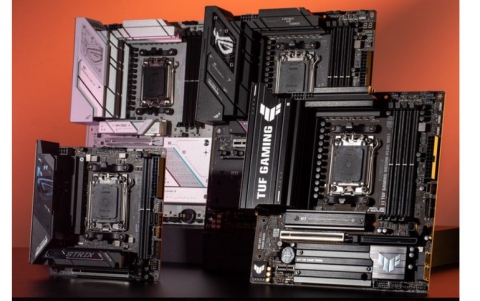BenQ DW830A DL recorder
1. Introduction
Review Pages
BenQ DW830A DL Recorder - page 1
- Introduction
![]() is a strong "player" at the DVD recordable market. The DW800A introduced
the 8X DVD+R speed and unlike to the other 8X DVD recorders, it offered
high
quality recordings. The cooperation of the company with Philips and its technological
background (Nexperia) had made everyone believe that BenQ would introduce
the first Double Layer recorder very soon.
The BenQ DW830A will
be in the market in the next few
weeks, supporting DL recording. BenQ also schedules to
launch the DW1600 with 16X DVD+R (& 2.4X DVD+R DL) in the end of Q2,
2004. Currently, the DW822A (8x8) is available in the stores, planned to
support DVD+R9 around September 2004 through firmware upgrade.
is a strong "player" at the DVD recordable market. The DW800A introduced
the 8X DVD+R speed and unlike to the other 8X DVD recorders, it offered
high
quality recordings. The cooperation of the company with Philips and its technological
background (Nexperia) had made everyone believe that BenQ would introduce
the first Double Layer recorder very soon.
The BenQ DW830A will
be in the market in the next few
weeks, supporting DL recording. BenQ also schedules to
launch the DW1600 with 16X DVD+R (& 2.4X DVD+R DL) in the end of Q2,
2004. Currently, the DW822A (8x8) is available in the stores, planned to
support DVD+R9 around September 2004 through firmware upgrade.
Today, we present you a preview of the upcoming DW830A. We mostly test the Double Layer recording capabilities in order to approach what a user should expect from this technology. Note that the DVD+RW alliance has chosen DL acronym coming from Double Layer words and not the Dual Layer, used by Pioneer for their announced (?) DVD-R DL (Dual Layer) format. However, the possibility Pioneer to support its own format for two-layer recording is very weak.
- History
 Philips
Research in cooperation with MKM (Mitsubishi Kagaku Media)/Verbatim, announced
back at October 2003, the technology that virtually doubles data storage capacity
on DVD recordable discs from 4.7 Gbyte to 8.5 Gbyte, called Double Layer (DL).
Philips
Research in cooperation with MKM (Mitsubishi Kagaku Media)/Verbatim, announced
back at October 2003, the technology that virtually doubles data storage capacity
on DVD recordable discs from 4.7 Gbyte to 8.5 Gbyte, called Double Layer (DL).
 The
Double Layer DVD+R system uses two thin embedded organic dye films for data
storage separated by a spacer layer (see left figure). Heating with a focused
laser beam irreversibly modifies the physical and chemical structure of each
layer such that the modified areas have different optical properties to those
of their unmodified surroundings. This causes a variation in reflectivity as
the disc rotates to provide a read-out signal as with commercially pressed read-only
discs.
The
Double Layer DVD+R system uses two thin embedded organic dye films for data
storage separated by a spacer layer (see left figure). Heating with a focused
laser beam irreversibly modifies the physical and chemical structure of each
layer such that the modified areas have different optical properties to those
of their unmodified surroundings. This causes a variation in reflectivity as
the disc rotates to provide a read-out signal as with commercially pressed read-only
discs.
According to Mitsubishi, compatibility has been achieved through the use of a thin silver-alloy as reflector material in the upper layer giving a reflectivity from the layer of at least 18% in compliance with the Double Layer DVD-ROM standard. In addition, the transmission of the upper recording layer is greater than 50% to allow for read-out and recording of the lower recording layer. This layer has high power sensitivity since the upper layer absorbs and reflects part of the incoming light. It also has a much higher reflectivity (> 50%) which after double transmission through the upper layer also results in an apparent layer reflectivity (at the disc surface) of at least 18%.
For more information about DVD+R DL technology, you can visit DVD+RW Alliance website or Philips Research website.
Review Pages













